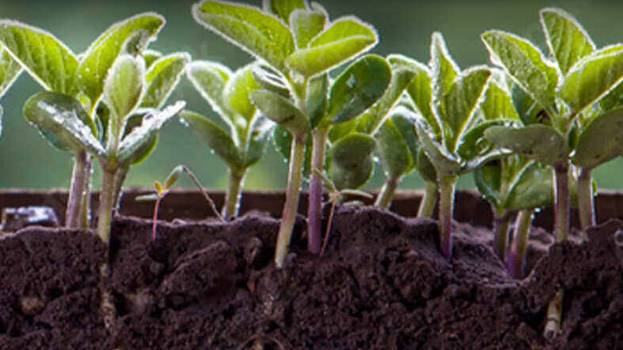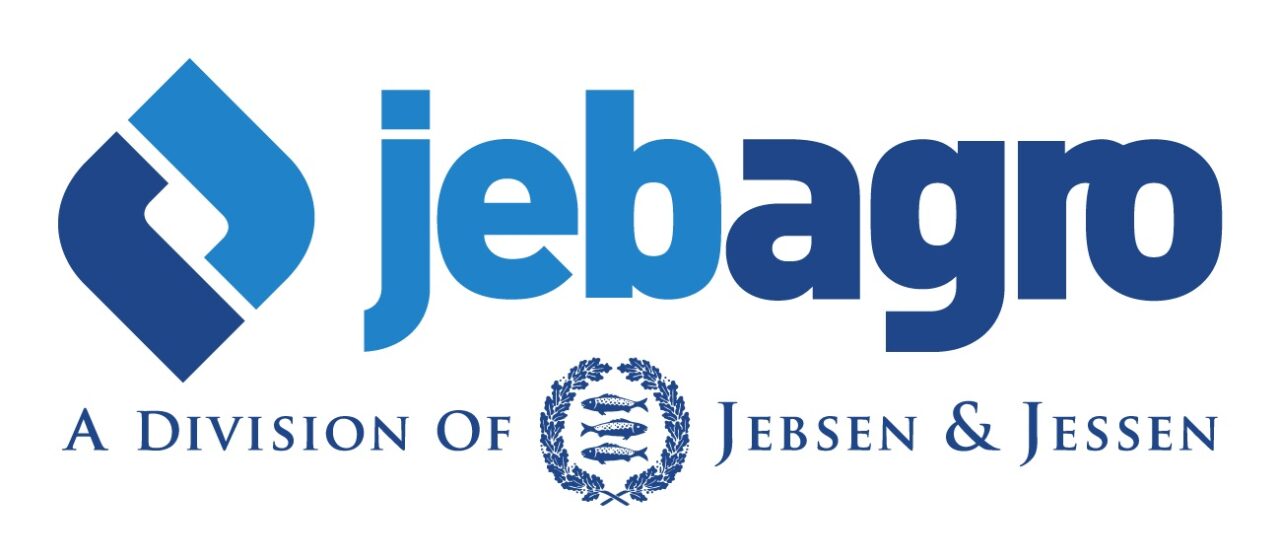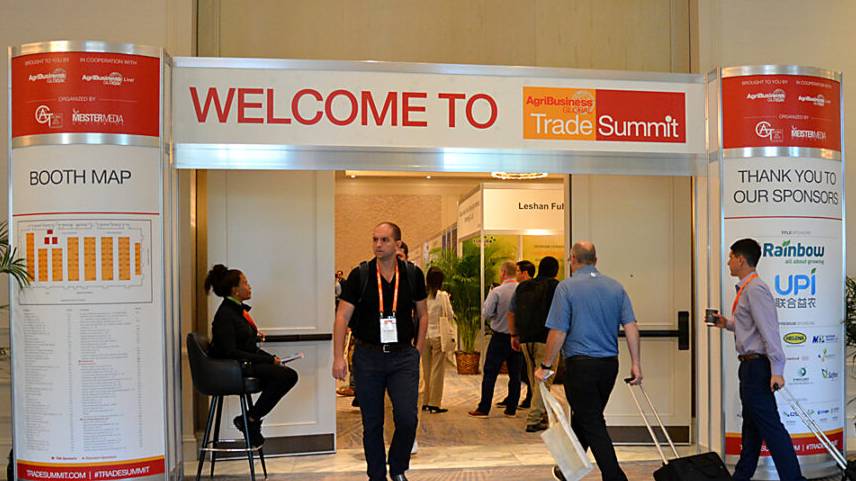Food Production During COVID-19: Challenges and Key Players
The pandemic has generated an unprecedented economic crisis worldwide. It has impacted on almost all productive sectors, except for a few cases, such as those related to medicine, to the production of cleaning products and to communications.
In this context, although the international trade of food suffered a drop due to the fall in demand and the decrease in international prices, it has been much lower than that observed in the manufacturing industry, energy products, or some services such as tourism or international transport. At the same time, it must be considered that food shows a greater reaction power compared to other sectors, so it is expected that they will recover more quickly.
The global crisis suffered by all countries is a proof of the importance that both, the population and the States, attach to food security. In fact, many economies are defining policies on this issue. In some case, these policies have implied protectionist measures to guarantee self-sufficiency but, at the same time this provisioning is not physically possible.
As an example, it is worth remembering the relationship between the availability of arable land and the population, in countries such as China, India, Indonesia, Vietnam, or Nigeria where the population growth will be high. This growth will imply a larger demand for basic foods (those that come out of poverty) and for foods with greater processing (a new middle class). Ultimately, many countries will increase food imports that will be provided by those countries with enough production capacity (during the last 60 years, Brazil multiplied its arable land by five).

On the other hand, COVID-19 has accelerated many processes, but it has revealed the importance that health aspects will acquire in the future. The safety and quality of food, as well as matters related to health and environmental aspects, will not only lead to the possibility of accessing the main consumption centers, but will also be related to the characteristics of its commercialization and the final sale price.
In this scenario, the Mercosur countries (Asuncion Treaty, 1991 that involved Brazil, Argentina, Paraguay, and Uruguay) play an increasingly important role in food, going from explaining 22% of world oilseed grain exports in 2001 to 38% in 2019. In the same period, meat went up from 7% to 22%, variations that occur in a high range of agricultural and agro-industrial products, such as edible fruits and fruits, cereals, or sugar, among many others. In production, according to the FAO, it will continue to increase its international participation until 2028 in cereals, soybeans, meat, corn, and rice.
But the great emerging powers such as China, India, Indonesia, and progressively those of Africa or Central Asia, will demand more and more basic and processed foods, but especially recognized the sanitary standards. It is there where the main world exporting countries must cooperate with the main consumers and importers, who are also those who provide agricultural inputs and machinery to maintain adequate levels of competitiveness.
In the new world that will emerge after the pandemic, at least three things are clear:
- Food production and trade will emerge stronger.
- Health aspects will be increasingly valued.
- The world’s leading exporters will continue to gain ground.
In this context and due to nationalist and protectionist temptations, the countries of Latin America and the Caribbean should increase the levels of cooperation and trust with emerging economies.





